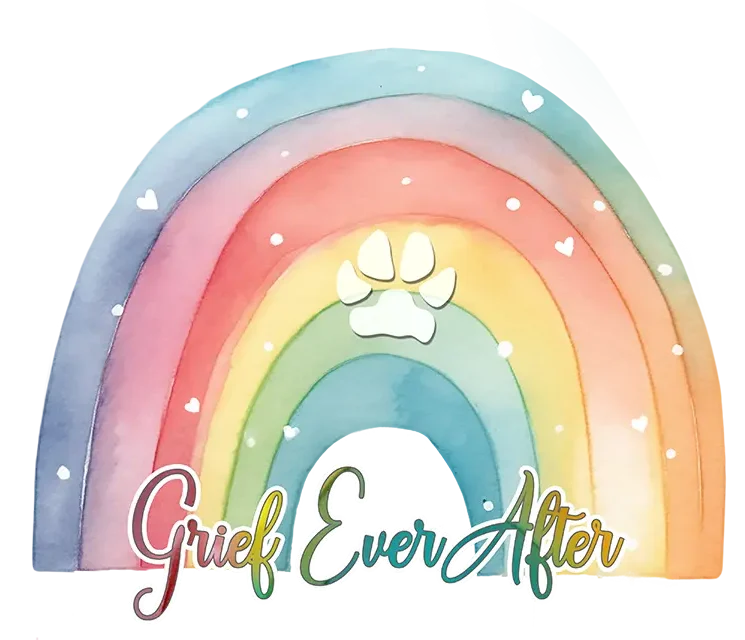Coping With Pet Loss: The Dual Process Model of Grief
Coping with pet loss grief can feel like a maze of complex emotions. Loss enters your life like a whirlwind and does not bring a manual or road map with it.
There are many grief models for pet loss, but one in particular, I believe, can feel relatable and offers a manageable way to think about grief. Margaret Stroebe and Henk Schut developed the Dual Process Model of Grief. It suggests that healthy, flexible grieving involves steady movement between two phases: loss-oriented (coping with the grief itself) and restoration-oriented (adapting to life after loss).
The loss-oriented phase confronts grief emotions and the restoration-oriented phase helps to see a path to living fully, even after a significant loss. In between these is your daily reality.
The Dual Process Model of Grief normalizes the back-and-forth nature of emotions that many grieving pet parents experience.
Loss-Oriented Coping
Loss-oriented responses in grief include everything you’d imagine — deep, long-lasting sadness, yearning to have your precious pet back, and an overwhelm of emotions and memories. There may be numbness, lingering disbelief, and physical symptoms of grief.
However, it’s more than just the emotional toll of coping with pet loss. Here, you must also be active in your grief — in your own time. Though we’re talking about a process of grief that can feel doable, it doesn’t mean it’s easy. Grief is hard.
Tending to grief includes mourning work — journaling, honoring and memorializing, and seeking healthy support to talk about your loss. You’re redefining your love with your pet in a sustainable, everlasting way.
Grief can sometimes feel like a destination — where your connection to your beloved pet now lives, making any movement difficult. Part of you might want to stay in the loss phase, where love and loyalty feels strongest. Guilt and anger can also hinder natural movement or oscillation.
There will be days where you feel consumed by grief, like all movement has stopped. And there will be days where emotional shifts start to feel more natural.
Restoration-Oriented Coping
Moving into restoration responses might be confusing. The thought of healing can feel like working towards forgetting. However, restoration doesn’t mean letting go, but rather reinvesting in living while you’re grieving.
Restoration focuses on acclimating to a changed world, discovering things that feel good (or better than bad), and giving yourself a necessary break from intense grief emotions.
Restoration is an essential part of healthy grief, even if it kind of feels like you’re faking it to start. Resistance, however, is also normal. Sometimes we have to simply hold hope that it’ll start to feel more natural with time.
Like all parts of grief, restoration requires patience. New routines, finding joy in non-grief activities, and redefining your purpose are all very challenging parts of day to day healing.
There’s no timeline or measurement here. Restoration simply encourages you to commit to practicing this regularly as part of your healing toolkit. You might notice it becomes easier as grief evolves.
The movement. The oscillation.
The core of the Dual Process Model of Grief is that you don’t have to grieve OR heal, but rather, grieve AND heal.
The in-between is your necessary daily survival. You may find yourself looking forward to getting back to your grief work. And you may also look forward to restoring and recognizing yourself again, slowly. This is where grieving intersects with living, in a loving way.

The Dual Process Model of Grief as a whole may help you see that when you live well, you can grieve well too. Finding ways to cope with pet loss isn’t about “getting over it”, it’s about finding a rhythm between remembering and rebuilding.







